
Q: The cover of the November 2025 issue of Model Railroader shows the signals for the west end of the Veedersburg, Ind., siding. The signal for entering the siding has no middle head so the best it could display is slow clear, but the signal for leaving the siding has a middle head and only […]
Read More…
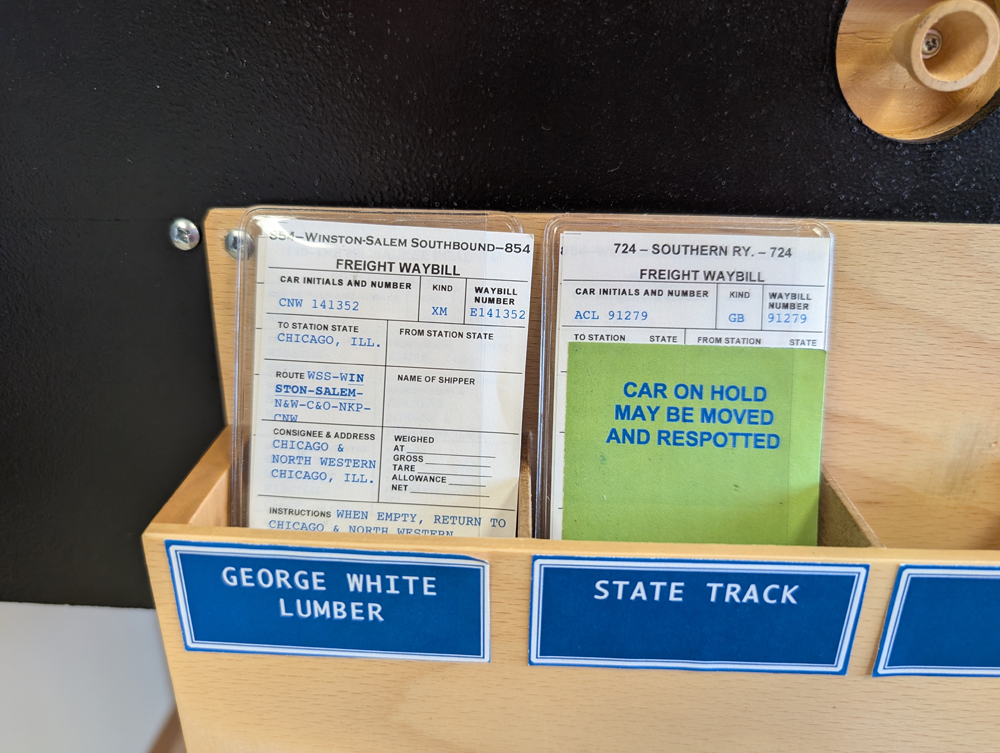
When we moved to our new office in Brookfield, Wis., one of my favorite aspects of this new space was the workshop area. Not only do we have plenty of space for modeling and layout building, but we have just enough space for the Winston-Salem Southbound layout to sit next to our workbenches. One day […]
Read More…
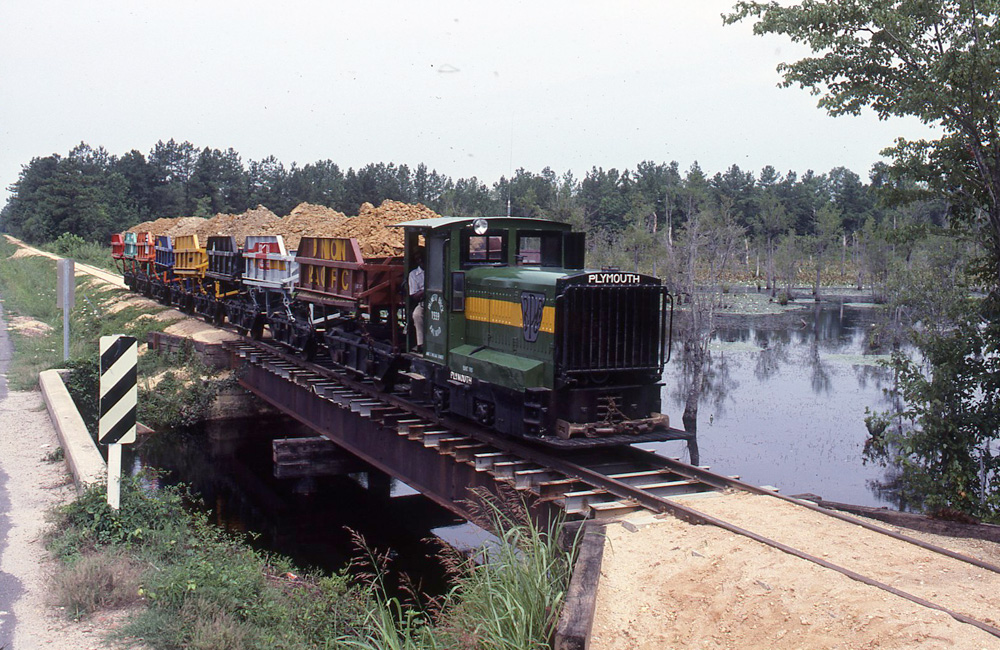
With larger railroads, you seldom see the big picture. You see trains passing a given location, but unless you have access to loading manifests, you seldom know the origin and destination of any single car or even what it is carrying. That can never be said about the Palmetto Brick Company Railroad, however. Its entire […]
Read More…
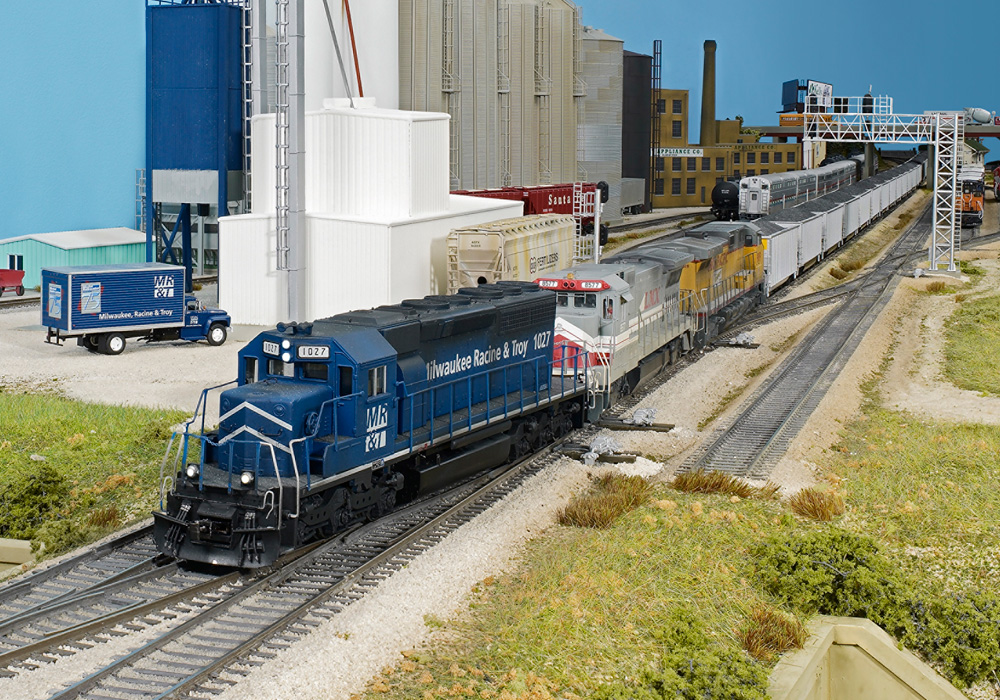
When I began exploring the ins and outs of railroad operations as a teenager, a lingering question piqued my curiosity: Why do multiple diesel locomotives run together in the same or different directions? The answer is quite simple once you understand how the operating practice works. Most North American locomotives today are diesel-electric, meaning that […]
Read More…
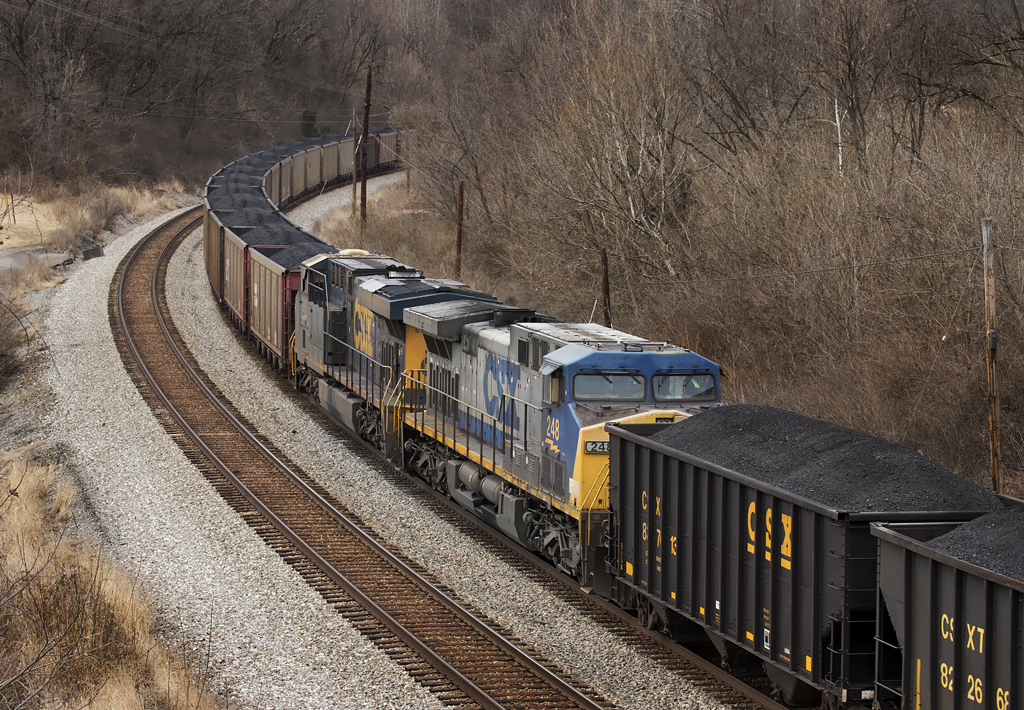
Distributed Power 101 Modern railroads are one of the most efficient modes of transporting freight across long distances. Occasionally in railroad freight service, the need will arise for multiple locomotives to efficiently transport freight. But where in this hypothetical freight train should the locomotives be placed? Distributed Power (DP) is an operating practice where locomotives […]
Read More…
![Two men operate trains on an HO scale model railroad]](https://www.trains.com/wp-content/uploads/2024/03/MRL0324-03-Jared-Childers-and-Eric-Mumford-work-Joe-Kaspers-BN-layout.jpg)
Recently I was asked for my best tips for operating session success. In turn, I asked numerous groups of operators, including participants at ProRail (an operating event held in Kansas City) and layout owners and operators throughout the Midwest. The query elicited a variety of responses, with several recurring themes. Here are the top five […]
Read More…
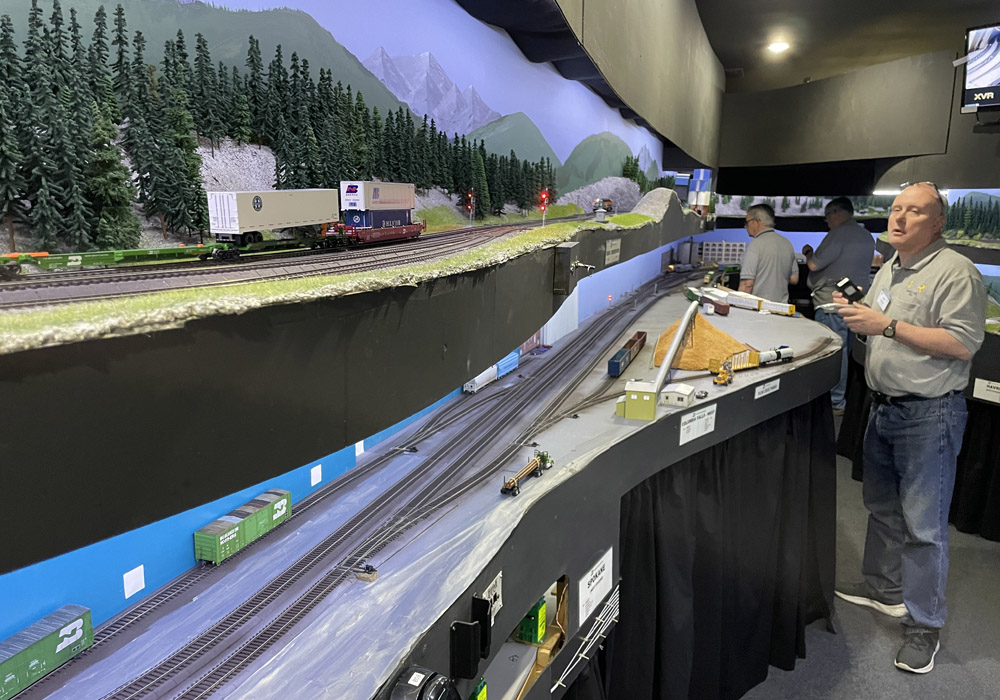
You’re hosting an operating session with a group of friends. What kind of snacks do you serve? Trains.com staff members chime in with their favorite items. Trains Associate Editor Bob Lettenberger Good meat sticks from a local butcher shop. They are not too greasy and don’t make a mess when spilled. Honey BBQ is the […]
Read More…
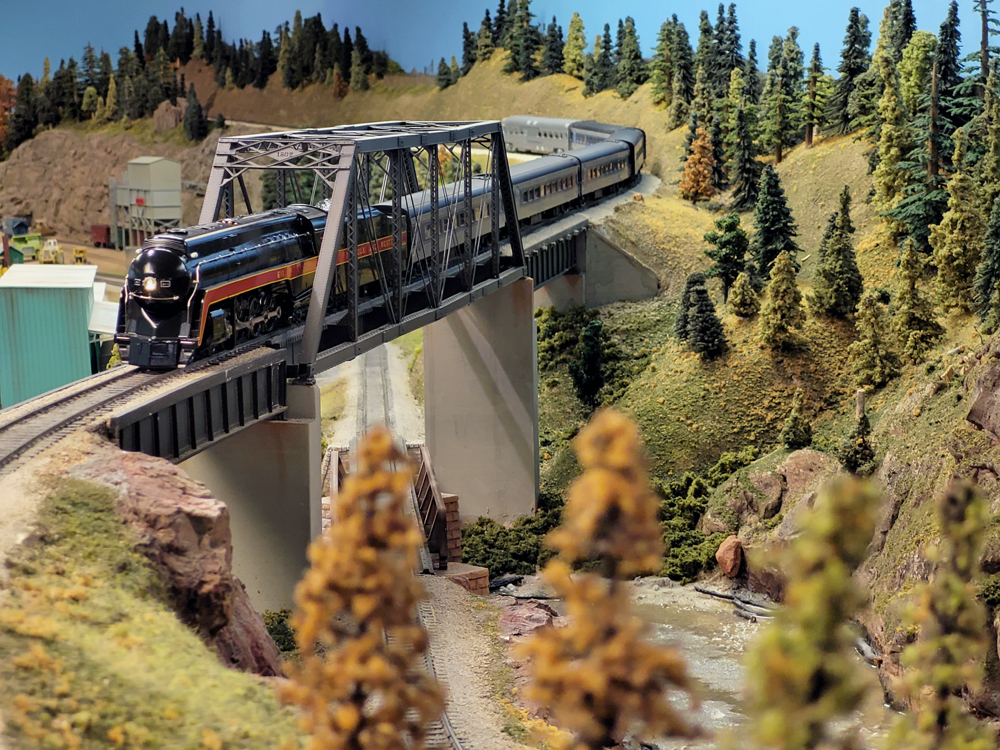
If you model the modern era like me, you may still have some equipment in your collection that doesn’t fit the era. Maybe you are a fan of one of the famous steam locomotives operating today, such as Nickel Plate Road No. 765 or Union Pacific’s Big Boy. Or maybe you have another steam engine […]
Read More…
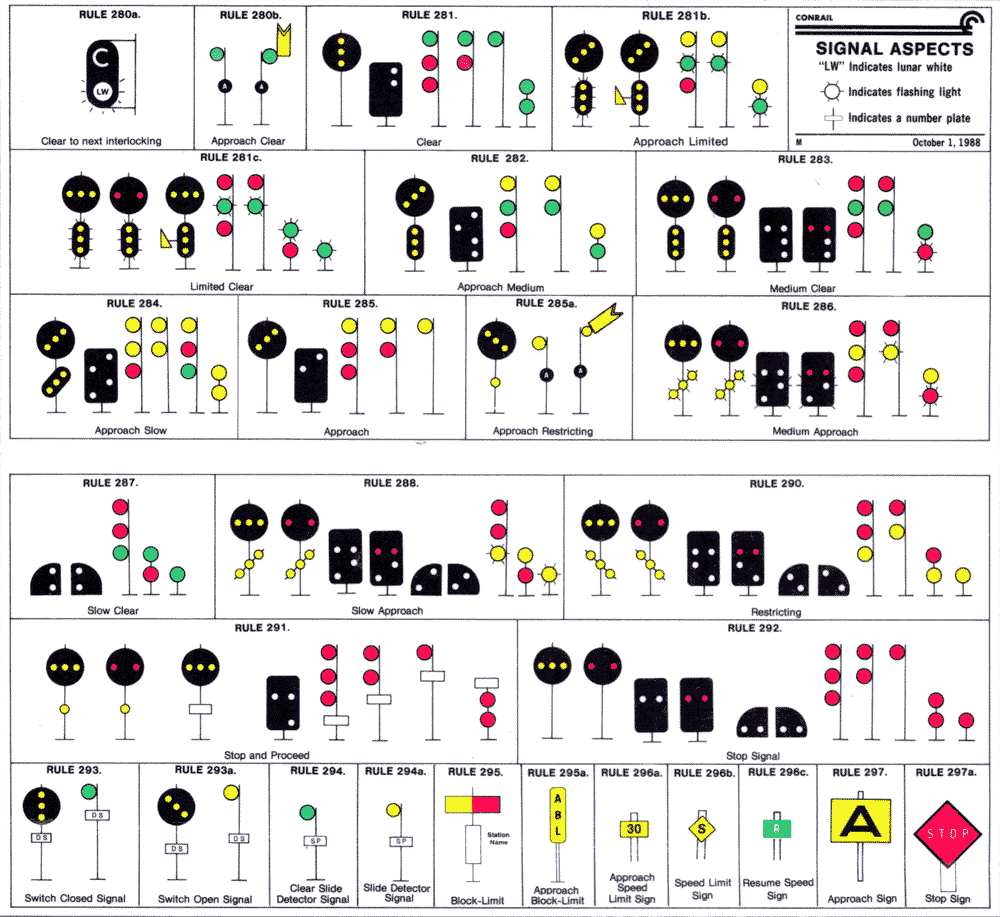
Admit it: Do you know what railroad signals mean? Do you panic when you shown up for an operating session at a strange layout and see it has working signals? Railroad signal aspects aren’t as simple as traffic lights. In addition to stop, caution, and go, railroad signals can mean stop and then go, keep […]
Read More…
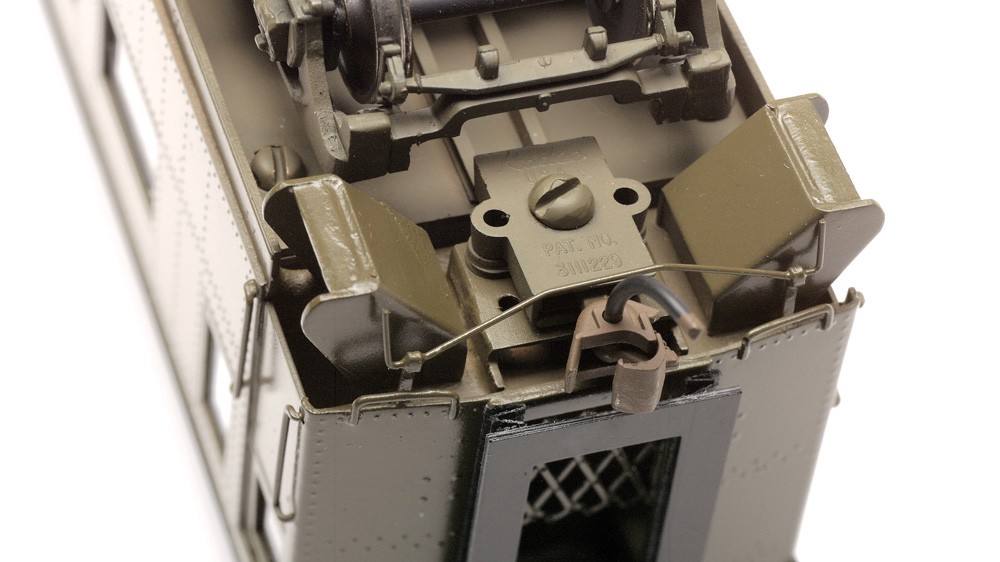
If you’re new to the hobby, you might be wondering why some modelers change the couplers on their trains. Couplers are the devices that connect individual locomotives and rolling stock together while playing a critical role in determining the realism and reliability of a model train. To put it simply, some model railroaders choose to […]
Read More…
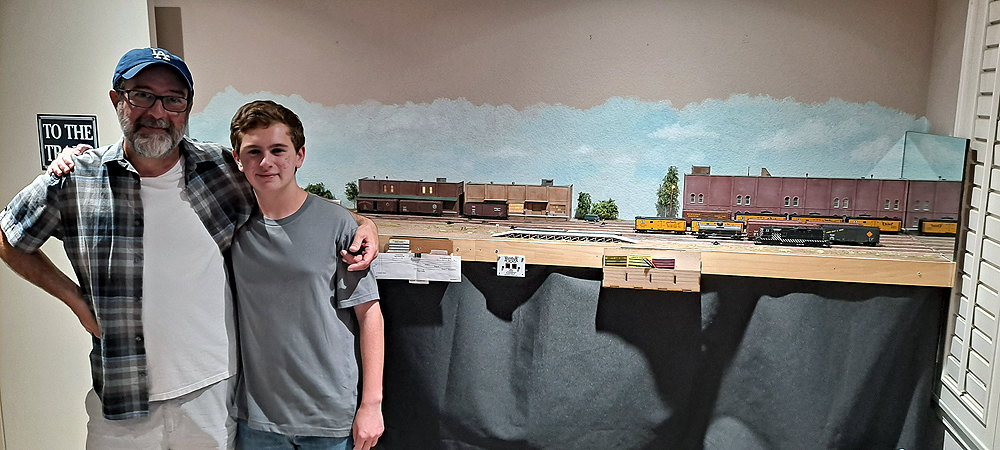
Model railroad operations weekends offer a fun way to learn about others’ layouts, meet new people, and if you’re a magazine editor, find new model railroads to feature in the magazine. At the beginning of summer 2022, I headed west to SoCalOps, an operating weekend centered around the Simi Valley in suburban Los Angeles. I […]
Read More…
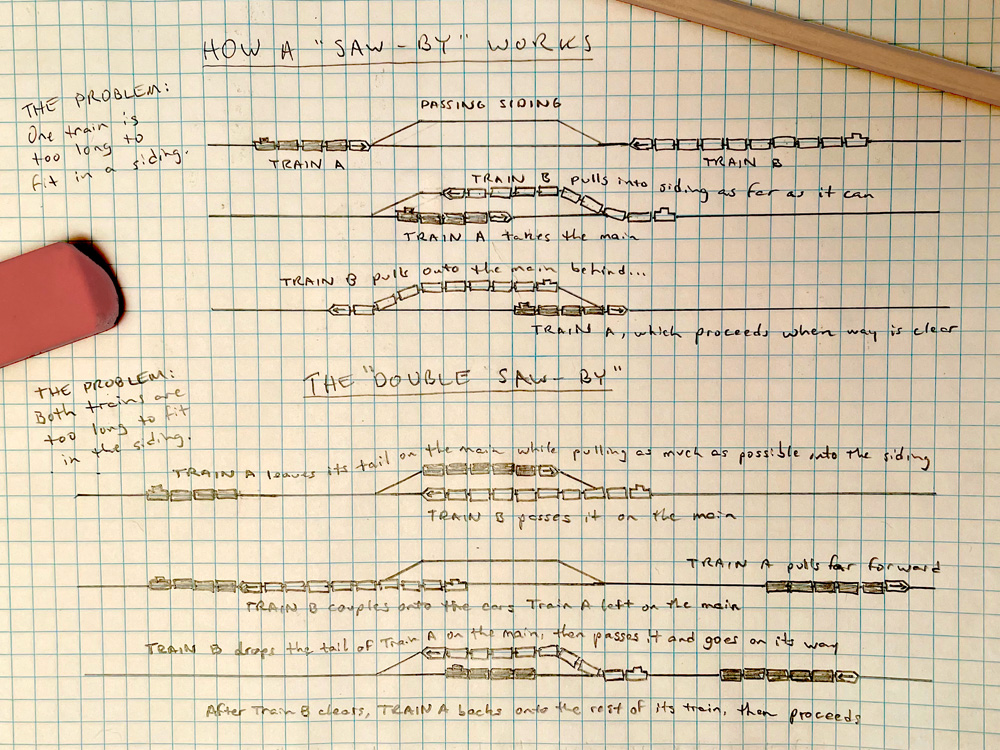
When two trains running in opposite directions on a single-track main have to pass each other, the dispatcher will schedule them to meet at a passing siding. But what happens when one or both of those trains is too long to fit into the siding? Engineers coped with this situation with a maneuver called a […]
Read More…





![Two men operate trains on an HO scale model railroad]](https://www.trains.com/wp-content/uploads/2024/03/MRL0324-03-Jared-Childers-and-Eric-Mumford-work-Joe-Kaspers-BN-layout.jpg)






